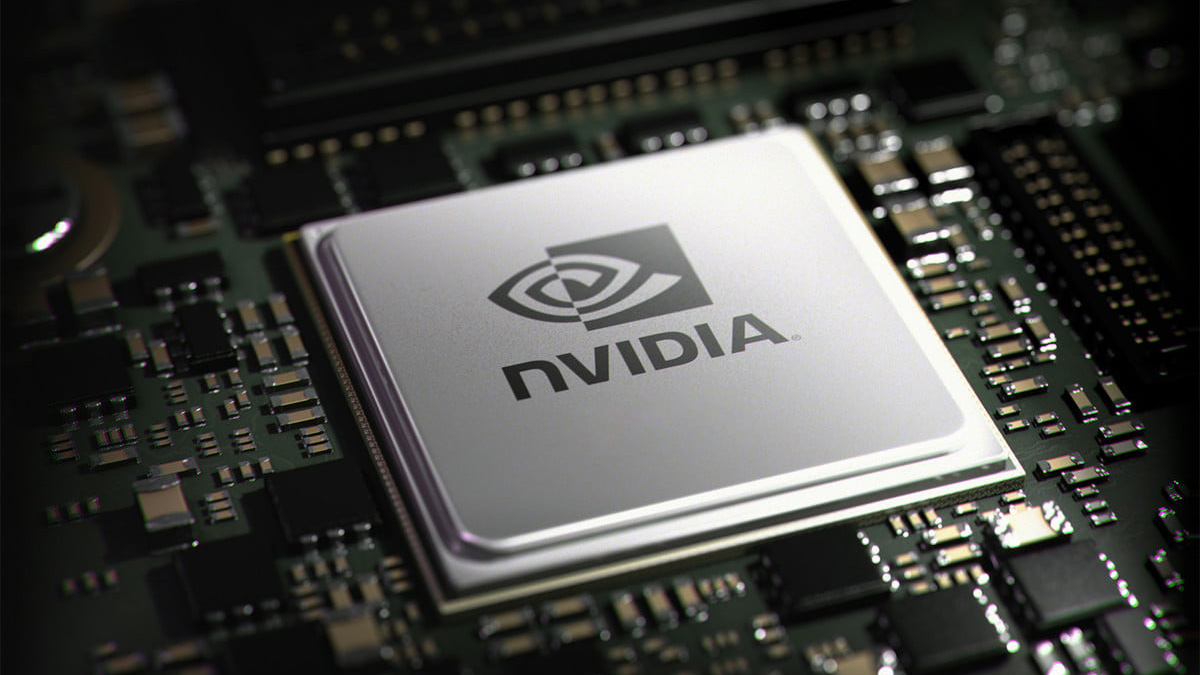Nvidia RTX 4000 ‘Lovelace’ GPUs design finalized, could arrive end 2022
Set to be built on TMSC 5nm, or maybe even 5nm enhanced

Nvidia’s next-gen GeForce graphics cards, presumably RTX 4000 models, are codenamed ‘Lovelace’ (we’ve heard that name before, of course) and have now been finalized, according to the rumor mill.
This comes from leaker Greymon on Twitter, who also reckons that the GPUs will be built by TSMC on 5nm – and in a further tweet, the leaker explains that Lovelace products could be made using either TSMC’s straight 5nm process, or perhaps ‘N5P’ (theoretically an enhanced 5nm with better performance).
- Nvidia's RTX 3060 Ti is the best GPU for most people
- Check out all the best PC games
- We'll show you how to build a PC
Greymon isn’t sure yet which of these routes Nvidia might travel, and of course, we have to take everything shared here with a good deal of caution, as with anything from the grapevine.
Ada Lovelace is definitely the next generation gaming card, as the entire project plan has been finalized and will not change.July 24, 2021
There has been some confusion about whether Nvidia might tailor its next-gen graphics cards in reaction to AMD’s RDNA 3 efforts, as VideoCardz, which spotted the above tweet, points out.
Switching tack?
Renown leaker Kopite7kimi has suggested Nvidia could switch tack, from Lovelace to Hopper GPUs – or AD102 to GH202 respectively – depending on how AMD’s MCM architecture shapes up (remember, the rumor mill has suggested it’s going to be employed with RDNA 3 products). MCM or multi-chip module is a chiplet design, as opposed to monolithic (one single chip).
Nvidia could still go the MCM route itself, depending on how powerful it looks like the rival RDNA 3 GPUs might be, or that was the suggestion from Kopite7kimi. While spec rumors are definitely pushing it at this stage, Kopite7kimi has also floated the idea that the flagship RTX 4000 card will run with 144 streaming multiprocessors for a maximum of 18,432 CUDA cores.
Greymon, however, seems to pretty firmly believe that Lovelace is now locked in for Nvidia as the next-gen range of desktop graphics cards. As for the release date, Greymon tweeted that it will be ‘no earlier’ than the end of 2022, perhaps indicating there’s even a chance it could slip to early 2023.
Sign up for breaking news, reviews, opinion, top tech deals, and more.
Analysis
All of this must be treated with a lot more skepticism than normal because it’s very early days for Nvidia’s next-gen GPUs, and as we know, when rumors come far in advance, they are a lot more, shall we say, variable in quality and potential accuracy. Even what Nvidia is currently planning could well change, although Greymon’s main contention here is that the RTX 4000 series has now been finalized, of course.
Nvidia purportedly going with TSMC to produce these cards, either on 5nm, or maybe even enhanced 5nm, will be quite a leap, especially with the latter; so the performance boosts coming should be very impressive. Team Green may well be wise to look at pulling all the stops out, though, if AMD’s RDNA 3, due also at the end of 2022 in theory (and on TSMC 5nm), fulfils its promise as outlined on the GPU grapevine. Namely that the low-end next-gen AMD cards will be as good as the most powerful current RDNA 2 cards (like the flagship RX 6900 XT).
When you further consider that Intel is entering the graphics card arena, maybe later this year, or earlier on in 2022, with a potentially promising high-end GPU, then it’s easy to see how Nvidia might want to push hard to maintain its undoubted dominance in the desktop market.
Darren is a freelancer writing news and features for TechRadar (and occasionally T3) across a broad range of computing topics including CPUs, GPUs, various other hardware, VPNs, antivirus and more. He has written about tech for the best part of three decades, and writes books in his spare time (his debut novel - 'I Know What You Did Last Supper' - was published by Hachette UK in 2013).